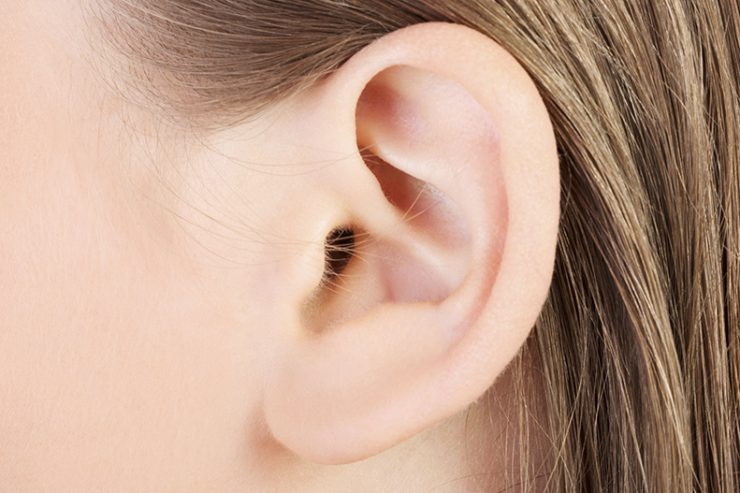You probably don’t spend much time thinking about ear wax unless it’s causing you problems, but this substance actually plays an important role in good health.
Technically known as cerumen, ear wax is beneficial in normal amounts and is part of your body’s self-cleaning mechanism. Produced in the outer third of the ear canal, this yellowish, waxy substance consists of dead skin cells, hair, and secretions from the sebaceous glands outside the ear.
Ear wax acts as lubrication for the ear — without it, your ears can get dry and itchy. It also offers protection, helping to keep insects, water, and other invaders out of the ear. Ear wax has even been found to have antimicrobial properties. It can also reduce some types of bacteria and fungi.
Despite these benefits, ear wax also causes some problems. Normally, old ear wax moves out of the ear canal to the opening of the ear, where it dries up, flakes away, and falls out. Movements such as chewing help facilitate this process. But for some people, earwax can accumulate, causing symptoms.
Never Miss a Beat!
Subscribe to Our HealthBeat Newsletter!
Thank you for subscribing!
You can now select the specific newsletters you'd like to receive.
You are already subscribed.
Subscribe to more newsletters in our email preference center.
Sorry, an error occurred. Please try again later.
Get Healthy Tips Sent to Your Phone!
Too Much Ear Wax? You May Have a Blockage
Because your ears are self-cleaning, you ideally shouldn’t need to remove wax yourself. In fact, typical methods for removing ear wax at home — using everything from cotton swabs and facial tissues to implements such as bobby pins — can do far more harm than good. Probing your ear in an attempt to remove ear wax can actually force the substance farther into the canal. The result is usually a blockage, known as a cerumen impaction.
Ear Wax Blockage Symptoms
This blockage of ear wax can cause symptoms including:
- Feeling of fullness in the ear
- Pain or aching
- Itching
- Partial hearing loss
- Discharge
- Buzzing or ringing sounds in the ear (tinnitus)
If you develop a blockage, you may be able to treat it at home, using products that soften ear wax. These include putting a few drops of mineral oil, baby oil, or over-the-counter ear drops (such as Debrox) in the ear.
You can also cleanse and irrigate the ear with a syringe filled with water or saline. (Be sure the water is warmed to room temperature to prevent dizziness.) Never use cotton swabs or other utensils — including so-called ear candles — to “clean” your ears. They can do more harm than good.
For more information on how to clean your ears safely, check out our blog post on how to properly clean out your ears. If you still experience symptoms, see your health practitioner. He or she can remove the ear wax using suction, irrigation, or other manual approaches.
About Ear Nose and Throat
The experts in the UPMC Department of Otolaryngology treat a variety of ear, nose, and throat (ENT) conditions in both children and adults. Our team includes board-certified physicians and highly skilled speech-language pathologists and audiologists. We provide both surgical and nonsurgical treatment options. Our research and clinical trials help to advance care for our patients. Find an ENT expert near you.
